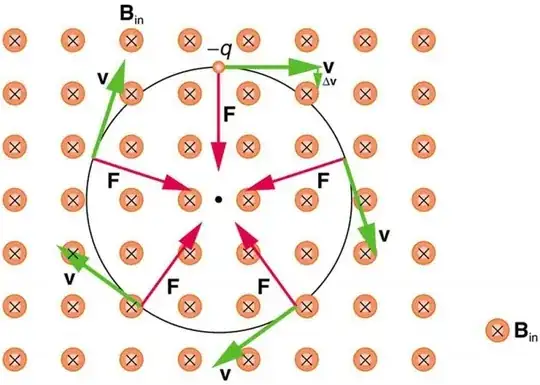I am having an issue with the definition of work. I know there are several questions already posted which seem the same as this one but the issue is that all of them either haven't been answered or they have been answered in a tricky way which indirectly fools us. That's the reason I am posting this question again. I did research work on this and to prove this I will post this in the end. Also, I am going to write the question a bit more clearly.
Work done on an object is the amount of energy changed in the system of an object. And energy is a fundamental thing in physics. Now work is defined to depend directly on displacement and not time. So the issue is I will explain according to an example.
Example
Suppose I set up a machine that constantly applies $1N$ of force and during this process it spents $1Joule/sec$ on any object. Now I made this machine to put its effort on a block over a displacement of 1 meter. This means that the total work done by the machine is 1 Joule. Now the issue comes when we think of the second meter displacement. What will happen is that by the time block enters the second meter, it already has a velocity which means that it is going to take less time to cover the second meter than the first-meter. This means that the energy spent by the machine in the second meter is less than first but still it has done the same amount of work in the second meter as force is the same and displacement is also 1 meter.
This means that the work done must depend on time rather than displacement. What's the issue here ? I can think of several examples like this where the same contradiction takes place. So prove that Work done depends on displacement instead of time. Also please don't use any formula of energy to prove the work done formula because I believe it's a way of fooling people. Thanks and appreciation to anyone who tries this.
